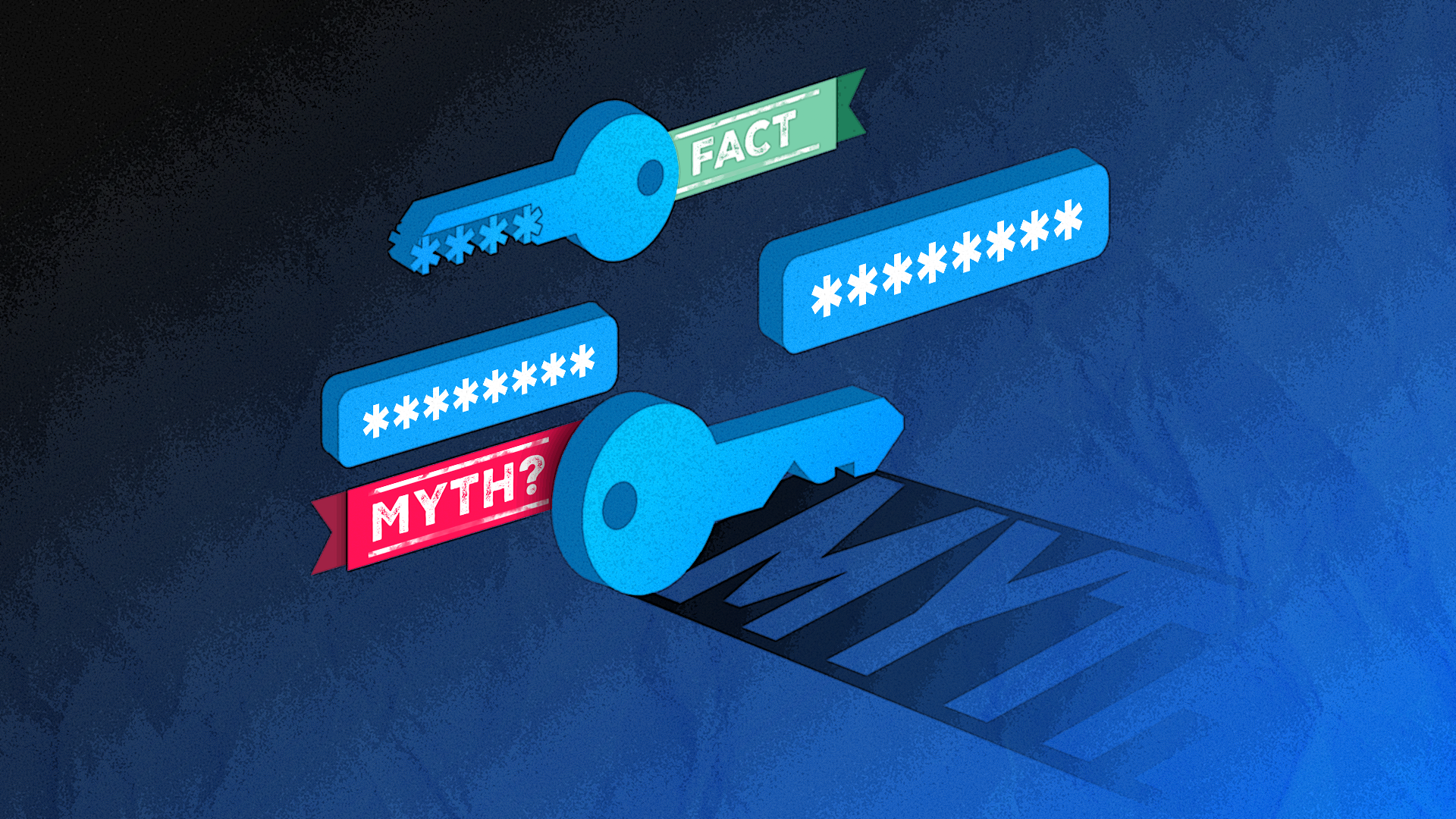
Ever wondered how your online data and conversations stay secure from hackers and intruders? That’s the work of cryptography, a technology we rely on daily, often without even realizing it. Here’s how it all works behind the scenes.
What Is Cryptography?
Imagine sending a secret note to a friend in class. You don’t want anyone else to read it, so you scramble the letters in a special way that only you and your friend understand. That, in a nutshell, is the basic idea behind cryptography. The art of writing and solving secret codes.
But let’s move from the classroom to the internet. When you send a message, shop online, or log in to your bank account, cryptography is what keeps your information safe from prying eyes. It’s the invisible shield that protects your data as it travels across networks, from your phone to the cloud and back.
Cryptography isn’t new. It dates back thousands of years. The ancient Greeks used a device called a scytale, which wrapped a strip of parchment around a rod to reveal a hidden message. Julius Caesar famously used a simple letter-shifting code, now called the Caesar cipher, to send military orders that enemies couldn’t read unless they knew the secret key.
Fast-forward to World War II, and you’ll find the famous Enigma machine used by the Germans, and cracked (in part) by Alan Turing and his team, which helped end the war sooner. These examples show how cryptography has always been a powerful tool.
Modern cryptography is much more than hiding messages. It’s about protecting information. It works to achieve four main goals:
- Confidentiality: Making sure only the intended recipient can read the message.
- Integrity: Ensuring the message hasn’t been changed or tampered with.
- Authentication: Verifying that the sender is who they claim to be.
- Non-repudiation: Making sure someone can’t deny sending a message later on.
So, cryptography is not just about secrets. It’s about trusting that your messages are safe, your data is intact, and the person on the other end is really who they say they are.
A closely related term to cryptography is cryptanalysis. While cryptography is the science of creating and using codes to secure information, cryptanalysis is the science of breaking those codes. Cryptology is the broader term that encompasses both. In simple terms, cryptography deals with creating encryption and decryption methods, while cryptanalysis focuses on understanding how to overcome those methods.
Types of Cryptography
Cryptography comes in different flavors, each with its own purpose and personality. At the core, all types aim to keep information safe. But the way they do it varies depending on how keys (the “secret codes”) are used.
Symmetric-Key Cryptography
Think of symmetric-key cryptography like a locked diary that uses a single key to open and close. You and your friend both have the same key, and that’s how you exchange secret messages. The same key is used to both encrypt (scramble) and decrypt (unscramble) the message.
Let’s say Alice wants to send a secret message to Bob. They both have a shared key, say, a password. Alice uses that key to encrypt the message, and Bob uses the same one to decrypt it. Some popular asymmetric encryption schemes are Data Encryption Standard (DES), 3DES (Triple DES), and Advanced Encryption Standard (AES).
Symmetric-key cryptography is quite fast and efficient. If you have a large amount of data, then this type of encryption is more suitable. But a major challenge is that both parties need to have the same key. Sharing that key securely before communication can be tricky.
Asymmetric-Key Cryptography
For this type of encryption, think of a locked mailbox. Anyone can drop a letter into it, but only the person with the key can open it. That’s the idea behind asymmetric cryptography, also called public-key cryptography. Each person has two keys: a public key (shared with the world) and a private key (kept secret.)
You use someone’s public key to lock a message, but only their private key can unlock it. If Alice wants to send Bob a message, she encrypts it with Bob’s public key. Only Bob can decrypt it because only he has the matching private key. When you visit a secure website (https://), your browser and the server use public-key cryptography to securely exchange keys before switching to faster encryption.
Asymmetric-key cryptography has an advantage over symmetric-key cryptography since you don’t need to share the key beforehand. It also helps in verifying if the message came from the right person. However, it’s slower than symmetric-key encryption and requires more computing power.
Hash Functions
A hash function is like a digital fingerprint for data. It takes any input, whether it’s a password, a file, or an email, and turns it into a fixed-length string of characters. Even a tiny change in the input gives you a completely different hash value.
But here’s the key part: You can’t reverse the process. A hash is one-way. There’s no going back to the original data. Say you enter your password on a website. It’s not stored directly. Instead, the system stores the hash. When you log in again, your password is hashed and compared to the stored one. If they match, you’re in.
Some common hash algorithms include SHA-256, which produces a 256-bit hash value, and MD5, which produces a 128-bit hexadecimal number. Hash functions are widely used in password storage, file integrity checks, and blockchain security.
Where Cryptography Is Used
Cryptography is all around us. If there’s a place on the internet where your data needs to be secured, there’s probably cryptography in action.
Internet Security (HTTPS, SSL/TLS)
When you visit a website that starts with https://, cryptography is behind the scenes, making sure the connection is private and secure. SSL/TLS protocols use encryption to keep your data safe from hackers as it travels across the internet.
Messaging Apps
Ever notice a message that says “End-to-end encryption” in your chat app? That means only you and the person you’re talking to can read the messages, even the app provider can’t peek in. Apps like WhatsApp, Signal, and iMessage rely on strong encryption to keep conversations private.
Digital Signatures and Certificates
Cryptography helps verify identities online. Digital signatures prove that a document or message really came from a specific person and that it hasn’t been altered. Similarly, SSL certificates ensure you’re connecting to the real website, not a fake lookalike.
Cryptocurrency and Blockchain
Bitcoin, Ethereum, and other cryptocurrencies wouldn’t exist without cryptography. Transactions are secured using public-key encryption, and blockchain uses cryptographic hashes to make sure no one can tamper with the records.
Cloud Data Protection
When you store files in the cloud, like Google Drive or Dropbox, encryption keeps your data safe from unauthorized access. Even if someone hacks the server, encrypted files are useless without the decryption key.
Secure Authentication
Logging in with a password? That’s backed by hashing and encryption. Add two-factor authentication (2FA), and cryptography steps in again, generating secure codes, verifying tokens, and protecting your login credentials.
Banking and Online Payments
Whether you’re using a debit card, Apple Pay, or a fintech app, cryptography ensures your financial information stays private. Payment systems use encryption and digital signatures to verify transactions and prevent fraud.
Why We Need Cryptography
We live in a world where nearly everything, like shopping, banking, chatting, and even unlocking your front door, happens online. Without cryptography, all of that information would be exposed, like sending a postcard instead of a sealed envelope. Cryptography keeps sensitive data (like passwords, credit card numbers, and personal messages) hidden from hackers, scammers, and eavesdroppers.
But it’s not just about secrecy. Cryptography also ensures that the information you send or receive hasn’t been altered along the way (data integrity.) That the person you’re dealing with is who they say they are (authentication.) And that actions like signing a contract or making a payment can’t be denied later (non-repudiation). In short, cryptography builds the trust we need to function in a digital society, quietly working in the background to keep things safe, private, and reliable.
How Encryption Works
At its core, encryption is the process of turning readable data, called plaintext, into something completely unreadable, called ciphertext, so that only someone with the right key can reverse the process and make sense of it again. That reverse process is called decryption.
Think of encryption like locking a message in a box. You need a key to lock it, and a key to unlock it. Depending on the type of encryption (remember symmetric vs. asymmetric?), you might use the same key for both, or two separate ones.
For example, in symmetric encryption, Alice and Bob both have the same key. Alice locks the message (encrypts it) and sends it to Bob, who unlocks it (decrypts it) using that same key. In asymmetric encryption, Bob has a public key and a private key. Alice uses Bob’s public key to encrypt the message. Only Bob’s private key can decrypt it, so even if someone intercepts it, they can’t unlock it without that private key.
Let’s say you’re shopping online. When you go to a secure site, your browser and the website do a quick behind-the-scenes handshake using asymmetric encryption to securely exchange a shared key. Once that’s done, they switch to symmetric encryption to speed things up. This ensures everything you type, such as credit card details, shipping info, stays private from start to finish.
So while encryption might seem like magic, it’s really smart math, precise logic, and well-tested systems all working together to keep our digital lives secure. And for most of us, the best part is, we don’t even have to worry about it. It just works.
It’s amazing how cryptography saves us every day in our online lives, without us even interfering. There’s still a lot to learn about it, such as Post-Quantum Cryptography and the evolution of current encryption methods.
Source link




